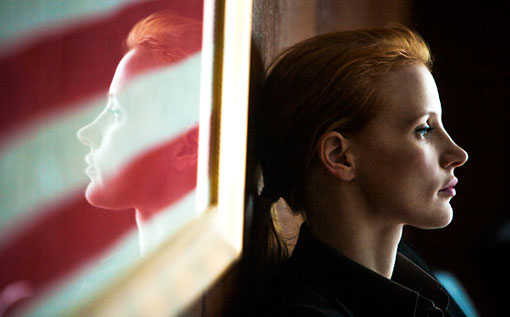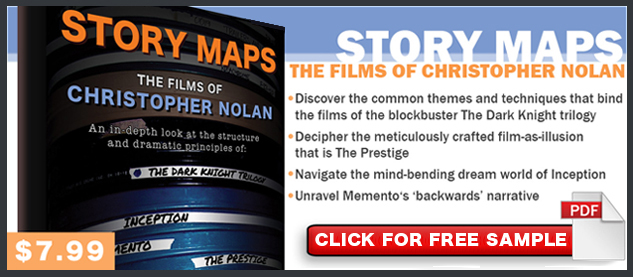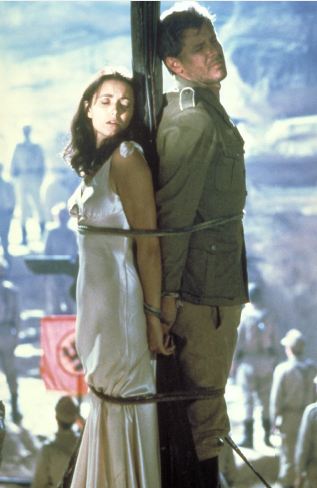Zero Dark Thirty Screenplay Analysis
For its subject matter, Zero Dark Thirty became the most controversial movie of 2012, but the storytelling is what makes it the year’s most bold film. The screenplay breaks a lot of rules, but it works, in large part because of the weight of the subject matter and the knowledge that the audience brings into the theater.
It’s not that often that everyone in the audience knows how your film ends before they watch it. But in this case, you’d be hard-pressed to find anyone who wasn’t aware that Osama Bin Laden was killed in a raid in 2011. We all know that this film will inevitably get to the mission that takes out the leader of Al Qaeda, so the first challenge for the filmmakers was to find a unique protagonist with an arc that is compelling enough to stand toe to toe with the promise of a harrowing battle sequence crafted by the director of The Hurt Locker. The filmmakers chose to focus the story on the female CIA operative who worked the Bin Laden case for over a decade and ultimately located him in a compound in Abbotabad, Pakistan, less than one mile from the Pakistani Military Academy. They’ve named this Everywoman Maya, and she is the POV through which we navigate this dangerous path, our stand-in for a front-line view of the war on terror.
An audio prologue begins the film – over black, we hear the actual recordings of people trapped in the World Trade Center towers on September 11, 2001, minutes before their death. This reminds us of the sadness, rage and hopelessness that we all felt after that fateful day. It’s the only way to earn the opening scene that follows, as a prisoner is waterboarded in a brutal interrogation. The scene is shocking and sickening, but it takes us back to the political atmosphere in 2002 – we are slapped with the urgency and paranoia of that period. The U.S. State dept. and military were out for revenge for the 9/11 attacks, by any means necessary, and before their so-called “enhanced interrogation techniques” were outlawed, it was essentially the Wild West. Dramatically, the key to the torture sequences is Maya. A young hire on her first trip outside of D.C., in a pressed pant suit, she observes the torture from behind a black mask; rattled, powerless and silent. She stands in for the audience. When her boss wants to take a break from the interrogation, Maya urges him to continue, and she even refuses to wear a mask, because he’s not wearing one. We now know this about her: she’s tough enough to be treated as an equal by the men. This is just the first few minutes of the film. By the time we get to the 20 minute mark (Strong Movement Forward), the prisoner begs her for help and she responds coldly, “You can help yourself by being truthful.” By minute 44, she’s the one ordering the waterboarding, although she follows this interrogation by breaking down in the bathroom. She may act like she’s made of Teflon, but deep down, she’s only human. (For the record, torture never produces good information in the film. Any advances in the case come from Maya’s skills as an analyst.)
Maya has one goal. It is her External and Internal Goal: to catch and kill Osama Bin Laden. It starts out as just her job, but it becomes personal at the Midpoint when her co-worker, Jessica, dies in a suicide bombing.
Maya has no backstory. In fact, there are a couple dialogue scenes in which she’s asked about her personal life, and she declines to answer. We learn nothing…
–Continued in my Zero Dark Thirty Story Map, formerly only for my newsletter subscribers but now public.
Sign up for my Story Maps Newsletter For Serious Screenwriters for more movie analysis, free downloads and special offers.
Good Luck and Happy Writing,
Dan Calvisi




Leave a Reply
Want to join the discussion?Feel free to contribute!